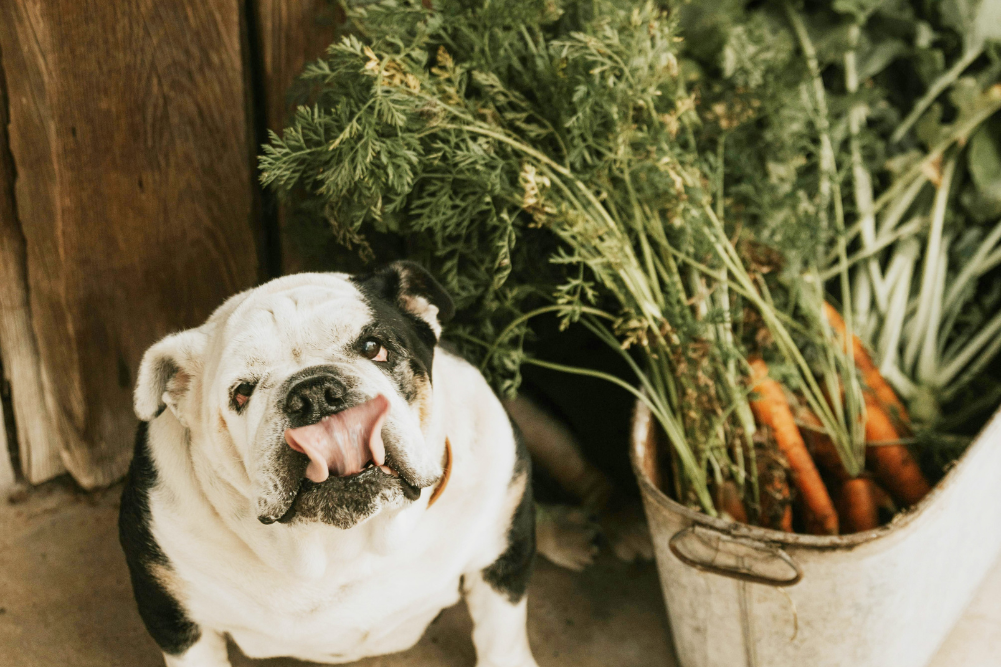Reducing the chemical load
Our pets are constantly exposed to potentially toxic chemicals. Cats have been shown to ingest PFATs and phthalates through grooming. Dogs ingest heavy metals and pesticides eating scraps from the floor, and plastic food bowls and toys may leach out BPAs and phthalates. Dogs are exposed to herbicides from our gardens or dog parks. In addition, we routinely expose them to flea, tick and heartworm preventers and worming tablets.
Other environmental toxins include fumes such as cigarette smoke, vapes, car exhaust, PFATs in nonstick frypans, synthetic fragrances, perfumed candles and air freshers. Volatile organic compounds are found in paints and varnishes, cleaning products, disinfectants, cosmetics and hobby products.
Newer classes of flea and tick preventers use isoxazoline drugs. (These include afoxolaner, fluralaner, lotilaner and sarolaner.) This class of compounds has been associated with neurological side effects, including muscle tremors, incoordination and seizures in some dogs and cats.
The long-term effects of many of these chemicals on our pets is not really understood. Over time, the chemicals accumulate in body tissues. Toxic/chemical overload leads to inflammation and chronic health problems. Chronic inflammation may be a trigger for cancer down the track.
Although toxins can’t be eliminated, environmental management and preventive health-care strategies using a reduced chemical load may help protect our pets and minimise their exposure.
Reducing the environmental chemical load
Reduce exposure to household chemicals such as antibacterial spray and wipe cleaners, antibacterial and antiviral sprays, herbicides, carpet cleaners and room deodorisers. Use natural alternatives or make your own cleaners using white vinegar and bicarb soda.
Replace plastic bowls with glass or good-quality stainless steel. Instead of plastic feeding toys, try adding food treats to goat horns or cow hooves. Remove all strong fragrances from the house. Take steps to prevent mould after prolonged wet weather.
Consider toxin removal by using air purifiers with HEPA filters and filtered water systems. Maintain excellent environmental flea control by vacuuming every two weeks to remove some of the flea eggs and wash any bedding in hot (60C) water. Use a flea comb regularly to monitor your flea and tick control.
Grooming
Many shampoos contain chemicals such as parabens and phthalates that may irritate or dry out your pet’s skin and may erode the protective skin barrier. If your dog is dirty, rinse off instead with water.
Wipe off your dog’s feet after exposure to grass and dry them thoroughly. This not only removes potential allergens but also any chemicals they may contact. Brush your cat daily to remove any shedding coat to reduce their toxin ingestion and protect them from gut inflammation. Afterwards, wipe them with a damp flannel.
Fleas and ticks
For a natural approach to fleas and ticks, I recommend cold-pressed neem seed oil sprays daily for dogs. Neem oil repels, but does not kill paralysis ticks, so a more conventional approach is required where the risk is high. Always check your dog twice daily for ticks. There may be other natural flea repellents your holistic vet can recommend.
You can add in conventional flea products to support your natural protocol. For example, Capstar, containing Spinosad, has low toxicity to mammals. Capstar is very short-acting. Where possible, we prefer to recommend products with fewer chemicals and shorter activity.
Where conventional tick protection is required, use shorter-acting isoxazoline preventers such as Nexgard or Simperica. Monitor for any adverse reaction, especially the first couple of times it is used. Follow for five days with milk thistle. Paralysis ticks may be resistant to older tick preventers. ick collars are not ideal for the marine environment.








